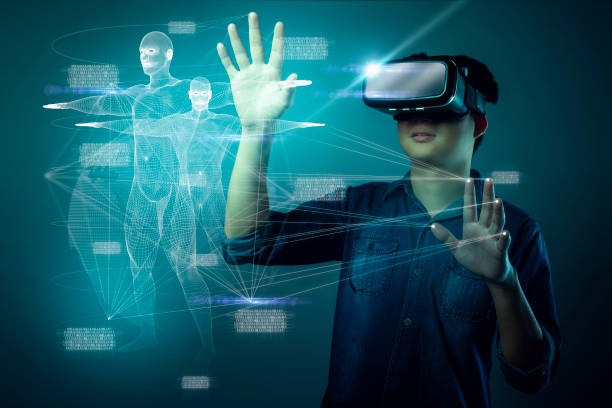MANDATORY BIS REGISTRATION FOR AR/MR/VR DEVICES
Augmented Reality (AR) delivers visual elements, sound and other sensory information to the user through a device like a smartphone or glasses. This information is overlaid onto the device to create an interwoven experience where digital information alters the user’s perception of the real world. Augmented Reality (AR) is an interactive experience of combining a real-world environment with enhancements provided by computer-generated (CG) perceptual information. Unlike VR, AR is not a completely immersive, virtual experience. AR is the merging of the real and virtual worlds with additive or destructive overlaid sensory. The purpose is to enhance or alter the real world rather than replace it. Virtual objects or displays lay over the real world with positional tracking, typically through a set of smart glasses, goggles, a monocle, or an HMD.

Augmented Reality lets its user see the world with an enhanced sight that displays vital information without looking away. This technology is especially useful for military and medical purposes as both require much focus and information in high-stress, timely scenarios.
Mixed Reality refers to what is also known as Augmented Virtuality (AV), the addition of tangible, real-world, objects to a virtual environment using external cameras.
However, MR is also known as a spectrum between VR and the real world. MR (also known as MX, immersive media, spatial computing, and hybrid reality) intertwines digital content while interacting with a user’s real-world environment. This allows for digital content to integrate, enrich and interact with the user’s real-world environment.
Virtual reality (VR) is a simulated experience that employs pose tracking and 3D near-eye displays to give the user an immersive feel of a virtual world. Applications of virtual reality include entertainment (particularly video games), education (such as medical or military training) and business (such as virtual meetings). Other distinct types of VR-style technology include augmented reality and mixed reality, sometimes referred to as extended reality or XR, although definitions are currently changing due to the nascence of the industry.
REGISTRATION OF AR/MR/VR DEVICES
Currently, standard virtual reality systems use either virtual reality headsets or multi-projected environments to generate realistic images, sounds and other sensations that simulate a user’s physical presence in a virtual environment. A person using virtual reality equipment is able to look around the artificial world, move around in it, and interact with virtual features or items. The effect is commonly created by VR headsets consisting of a head-mounted display with a small screen in front of the eyes, but can also be created through specially designed rooms with multiple large screens. Virtual reality typically incorporates auditory and video feedback, but may also allow other types of sensory and force feedback through haptic technology.
We, at Omega QMS Pvt. Ltd., are offering exceptional services for BIS Certification Consultancy to our customers. Our team of highly trained and experienced professionals ensures that the certification services offered by us are of utmost quality. We are known globally for unmatched timely completion of projects, awareness about changing regulatory norms ensuring client contentment. Please visit our website (www.globalomega.com) for further details.
For more details please reach out to us at info@globalomega.com M 9810541740

Leave a Reply